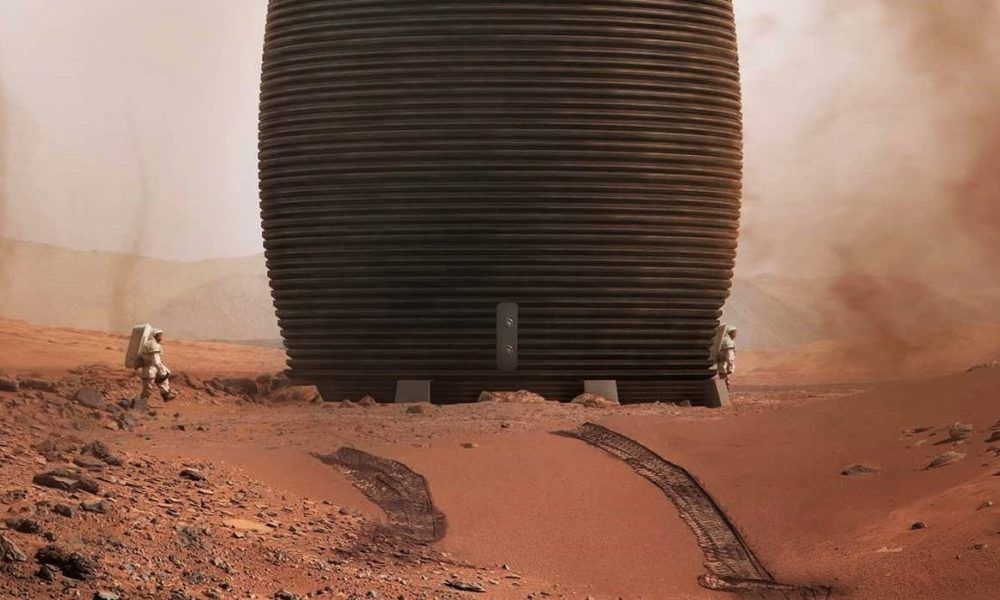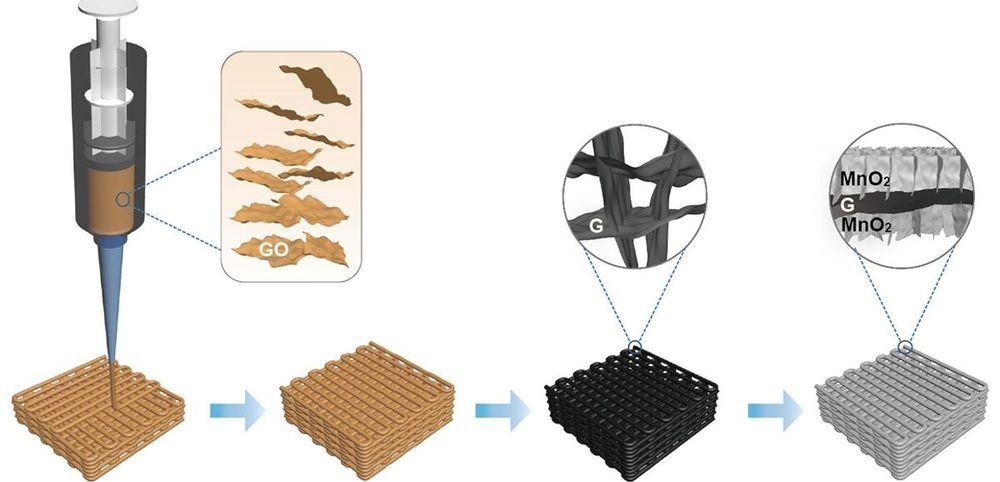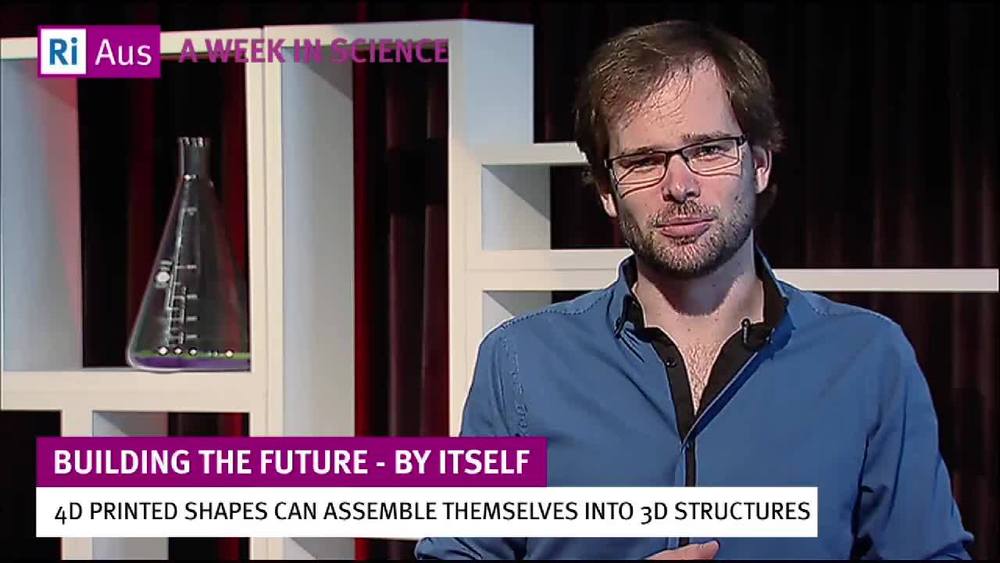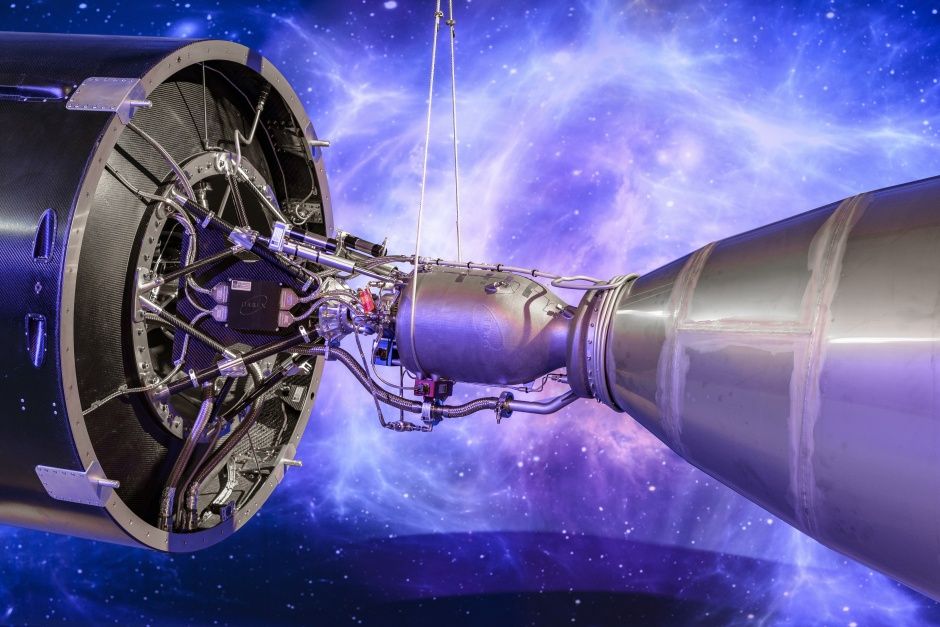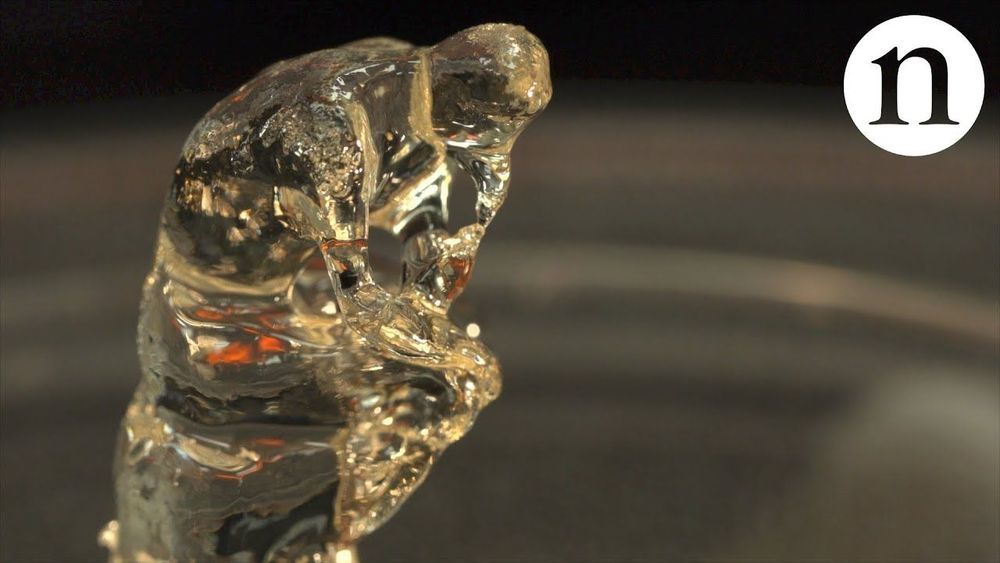Feb 21, 2019
Goodyear’s “living” car tyre converts carbon dioxide into oxygen
Posted by Quinn Sena in categories: 3D printing, health, transportation
This 3D-printed concept wheel by tyre manufacturer Goodyear uses living moss to absorb moisture from the road, before converting it into oxygen through photosynthesis.
The Oxygene tyre was revealed at this year’s Geneva Motor Show that officially kicked off yesterday, 8 March 2018.
The concept is a response to research conducted by the World Health Organisation (WHO) that revealed more than 80 per cent of people who live in urban areas are exposed to air quality levels deemed to be unsafe.
Continue reading “Goodyear’s ‘living’ car tyre converts carbon dioxide into oxygen” »

